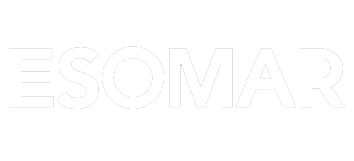Few developments in technology are as compelling as Virtual Reality (VR). This technology represents a completely unique way to experience life. My first experience with VR was about 4 years ago at a conference. When I put the headset on, I experienced my own personal case study for System 1 and System 2. One part of my brain knew exactly where I was (standing on a floor in a boring conference room in just another conference hotel), the other part knew exactly where I was (60 feet in the air, standing on a small pedestal with no handrails) – and it was two separate places – with two VASTLY different emotions.
It’s probably useful to have a quick definition.
Virtual Reality is a computer-generated simulation of a three-dimensional environment that can be interacted with in a seemingly real or physical way. This is done with a headset and/or gloves with sensors in them. For now, VR is primarily about touch and sight. Sometimes sound is incorporated but rarely smell or taste.
This technology has become easily accessible in the past year or so as headsets have dropped from $40,000 in 2014 to just a few hundred for a nice headset today. Programming the environment is easier and cheaper (but still not cheap). We are quickly moving from prohibitive to accessible.
The most beneficial application of VR is the ability to interact with something that does not exist or is rare in the real world. Even more practically, the benefit is more focused on things that would have either of two characteristics; a place/thing that is expensive to create or an experience that is rare or nuanced.
A person can walk around the new store layout, without the store. Check the usability of a new hotel room without a hotel room. Sit in the brand new Corvette, without a car. All these are great use cases for VR, in that the cost to develop a virtual store, hotel, or car is way less than a real one.
The next blockbuster use case for VR is ethnography for rare and nuanced experiences. First aid products are one of the more important products that we have in our home, but (thankfully) rarely used. VR can be used to create moments when that product is necessary without anyone actually being hurt. We can then see the reactions and the opportunities to improve products without causing injury.
Another similar use case is identifying triggers for behavior change. As we all know, this is difficult at best and small variations can be the tipping point that creates change. VR can be used to test effectiveness of these programs. In VR, behaviors can be seen to their logical outcomes without the downside of experiencing those outcomes. For example, you can get a “virtual disease” and see the effectiveness of various compliance programs.
There are several other benefits for VR. A quick few are that the experience created can be in the same environment for everyone, and therefore less unexplained variance. Difficult to reach audiences, based on security or health, can be brought into the research process with VR. And other tools, such as facial coding and eye tracking, can be integrated for deeper understanding of the consumer experience.

There are a few things to consider when looking at VR projects.
- The technology is getting a lot cheaper, but the programming can be quite expensive.
- The broader the virtual world, the more expensive the programming.
- The cost/benefit does need to be weighed. Not a lot of people have access to the technology, so the researcher will have to provide access – either through a central location or providing to each person in their location.
- Be aware of potential health effects. If the environment has situation that could be dangerous in a virtual world, the reactions of the body can be similar to those in the real world.
VR is here to stay and will continue to make inroads into the research process and business issues. It is estimated that the VR market will be $150 Billion within the next 3 years. And with the new programming tools and improved hardware, researchers will be able to do more with faster and greater reach into the consumer brain. Therefore, brands will be able to do more with their product development and marketing dollars, particularly when the target audience is hard to get into a single location.

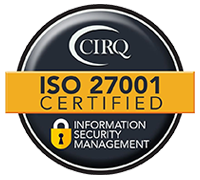



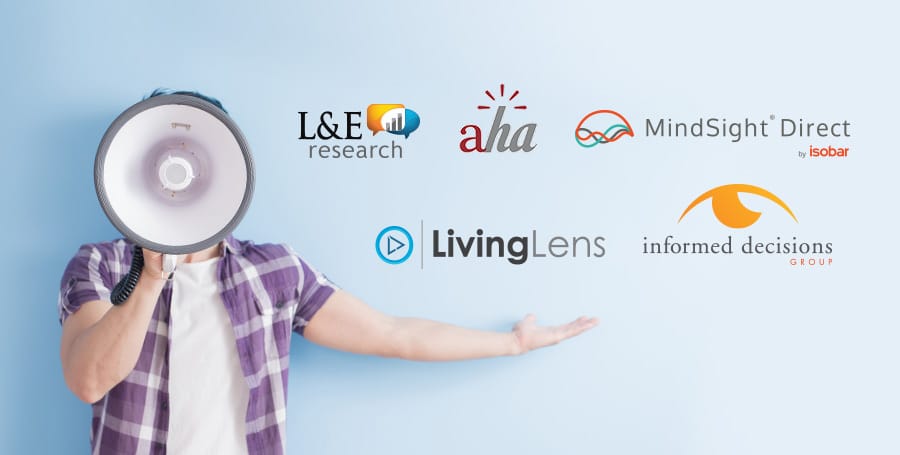
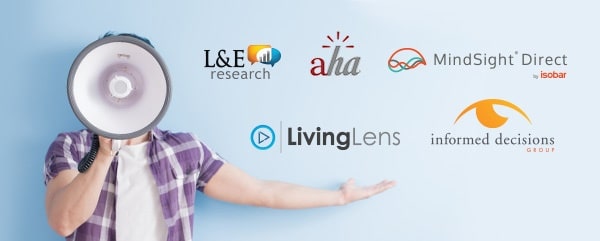

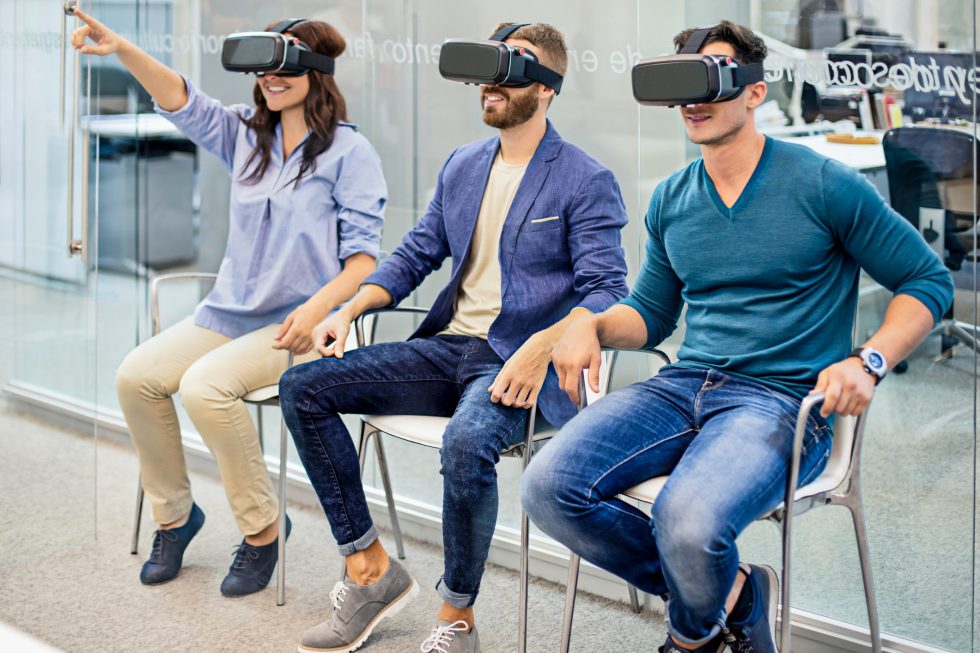


 David F. Harris conducts qualitative and quantitative research for companies in a variety of industries. As founder of Insight & Measurement, he also conducts training and consulting on questionnaire design and screener development. He is author of, The Complete Guide to Writing Questionnaires: How to Get Better Information for Better Decisions. He received his B.A. from Reed College, in Portland, Oregon, and his M.A. in Quantitative Psychology from the L. L. Thurstone Psychometric Laboratory at the University of North Carolina at Chapel Hill.
David F. Harris conducts qualitative and quantitative research for companies in a variety of industries. As founder of Insight & Measurement, he also conducts training and consulting on questionnaire design and screener development. He is author of, The Complete Guide to Writing Questionnaires: How to Get Better Information for Better Decisions. He received his B.A. from Reed College, in Portland, Oregon, and his M.A. in Quantitative Psychology from the L. L. Thurstone Psychometric Laboratory at the University of North Carolina at Chapel Hill.




